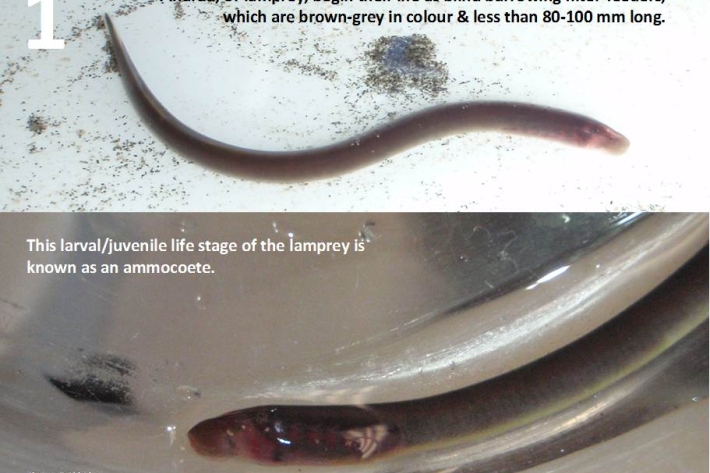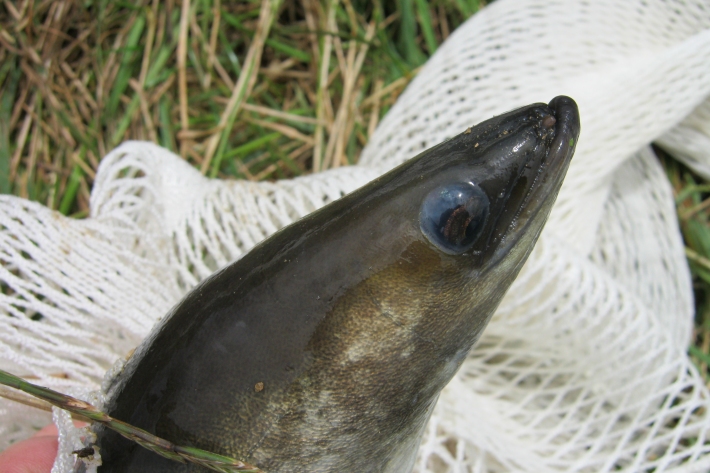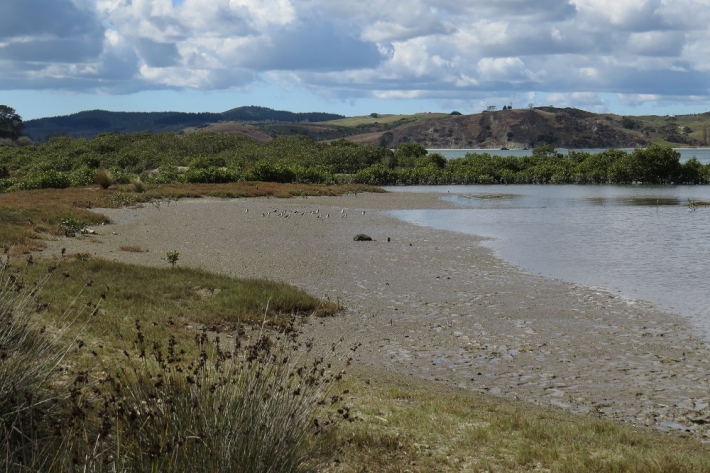-

Mitigation and best practice options
Some simple steps to minimise the effects of wastewater on water quality and mahinga kai. -

Tuna - customary fisheries
Māori have an extensive knowledge of the ecology of freshwater eels, and have maintained their customary fisheries for several centuries. -

Dry stock farming activities
Dry stock farms can cover large areas of hill-country grassland that may be steep and prone to erosion. -

Tuna - commercial fisheries
Commercial eel fishery in New Zealand began in earnest in the 1960s and expanded rapidly until the early 1970s -

Tuna - recreational fisheries
The majority of New Zealanders are able to recall a story about catching eels when they were children. -

Restoration and enhancement of piharau / kanakana / lamprey
Research ProjectNIWA is leading a new six-year research project that seeks to increase our understanding of piharau/kanakana/lamprey, using Mātauranga Māori, social science and biophysical science approaches. -

Tuna - solutions: upstream passage for elvers at large barriers
The need to provide upstream passage facilities for ensuring the long term sustainability of migratory freshwater fish populations is now well recognised. -

Tuna information resource
Tuna, or freshwater eels, are the most widespread freshwater fish in New Zealand. This 'living' educational resource summarises a large amount of scientific and technical literature. -

Toolkit development
A number of individuals, organisations and hapū have contributed to the development of Ngā Waihotanga Iho. -

Getting started
Traditionally, tangata whenua have collected information about estuaries to monitor resources, such as kaimoana, and to make decisions about conservation measures, such as rähui. Increasingly, tangata whenua are using scientific tools to help monitor their natural resources and Ngä Waihotanga Iho provides a science perspective for talking about environmental issues and concerns related to estuaries. -
Ngā repo o Maniapoto - Maniapoto wetland inventory
Research ProjectThrough the Te Wai Māori fund Ngā Repo o Maniapoto is a collaborative project between NIWA and the Maniapoto Māori Trust Board (MMTB) Whanake Taiao team that looks to develop an inventory of repo and puna (springs) for the Maniapoto rohe.

